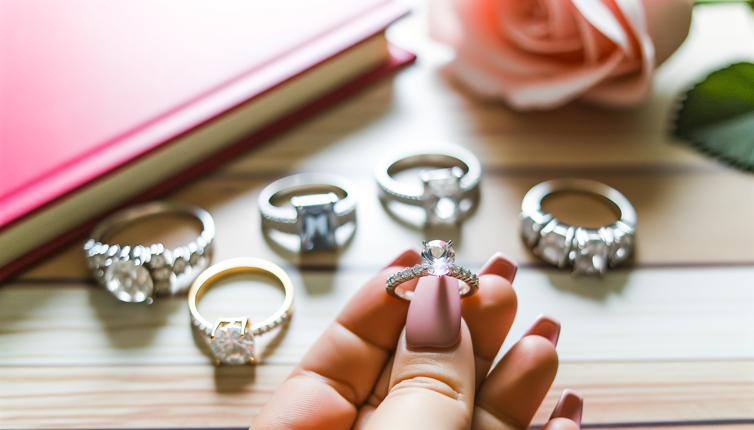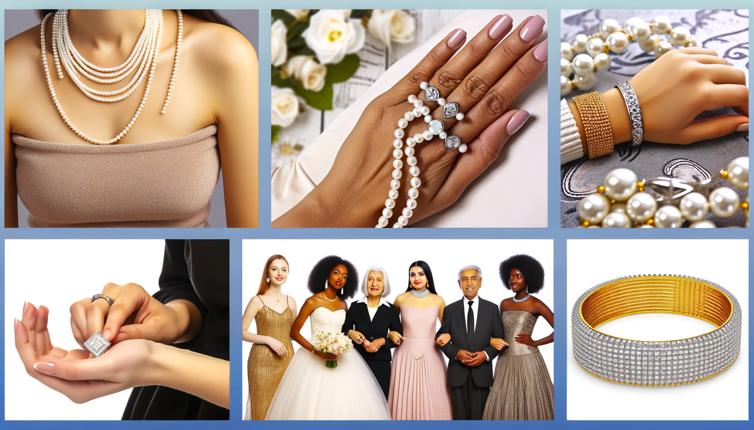Understanding the Band
The band of an engagement ring refers to the material it is made from and its design. There are various options when it comes to the band:,- Gold: Gold is a classic choice for engagement rings. It is available in different colors such as yellow, white, and rose gold. Consider the color that complements your partner's skin tone and personal style.,- Platinum: Platinum is a durable and hypoallergenic metal. It has a naturally white color that doesn't fade or change over time. It is an excellent choice for those with sensitive skin.,- Silver: Silver is a more affordable option compared to gold or platinum. However, it is not as durable and may require more maintenance to prevent tarnishing.,- Alternative Metals: There are also alternative metals like titanium or tungsten carbide. These metals are extremely durable but may not have the same traditional look as gold or platinum.,When selecting the band, consider factors such as durability, appearance, and budget. It's important to choose a material that will withstand everyday wear and reflect your partner's personal style.
Choosing the Bling
The 'bling' of an engagement ring refers to the gemstones or diamonds that adorn the ring. Here are some key considerations when choosing the bling:,- Diamond Cut: The cut of a diamond determines its sparkle and brilliance. Popular cuts include round, princess, and emerald. Consider your partner's preference and the shape that suits their hand.,- Diamond Color: The color of a diamond is graded on a scale from D (colorless) to Z (light yellow or brown). Colorless diamonds are more rare and expensive. Choose a color that appeals to your partner's taste.,- Diamond Clarity: Clarity refers to the presence of any internal or external flaws in a diamond. The clarity is graded from FL (flawless) to Included (visible flaws). Select a clarity grade that strikes a balance between quality and budget.,- Gemstone Choice: If you prefer colored gemstones, consider options like sapphires, rubies, or emeralds. These gemstones can add a unique touch and vibrant color to the engagement ring.,- Setting Style: The setting style determines how the gemstones are held in place. Popular options include prong, bezel, and pavé settings. Choose a style that showcases the brilliance of the gemstones.,When choosing the bling, consider your partner's preference, budget, and the desired level of sparkle and elegance. It's essential to find a balance between quality and personal taste.
Conclusion
Selecting the perfect engagement ring involves finding the right balance between the band and the bling. Consider factors such as durability, personal style, and budget when choosing the band material. For the bling, focus on the cut, color, clarity, and gemstone choice to create a stunning and meaningful ring. By carefully considering these aspects, you can find an engagement ring that symbolizes your love and commitment.








